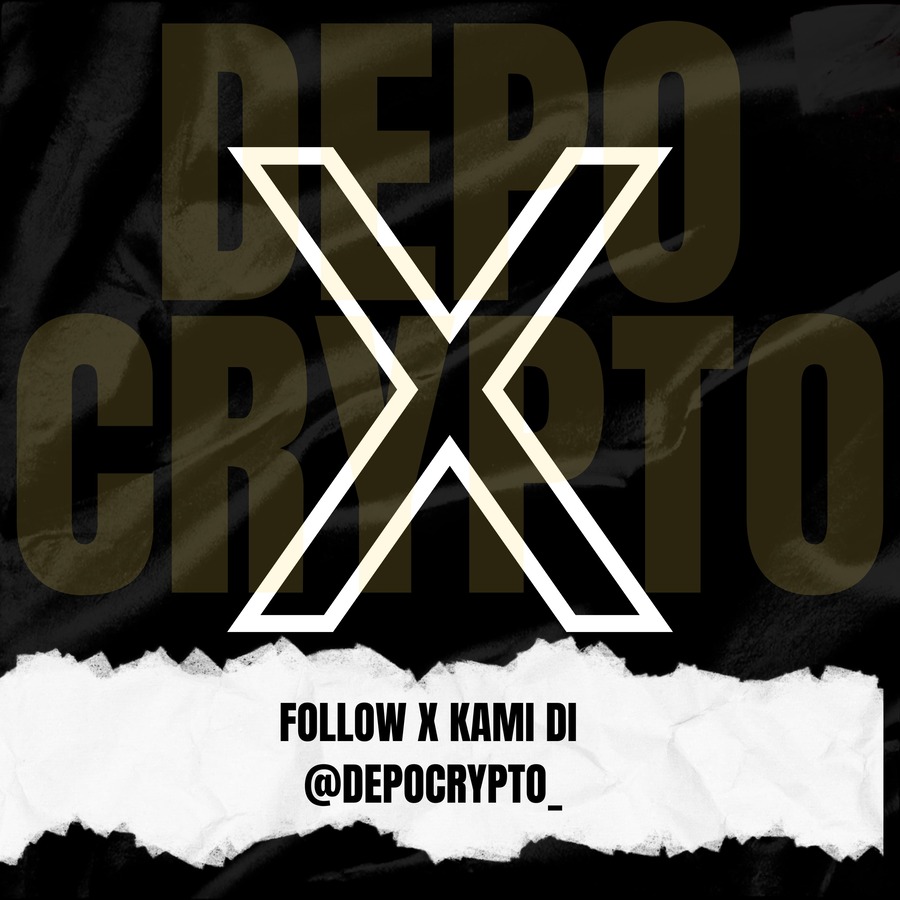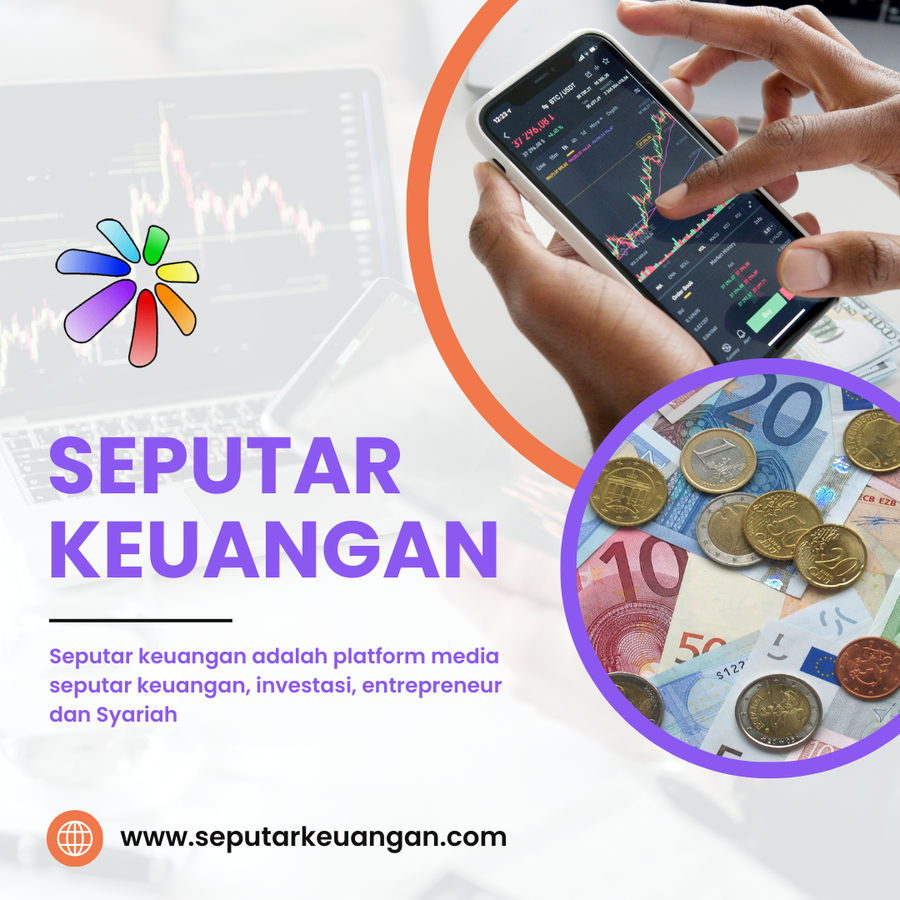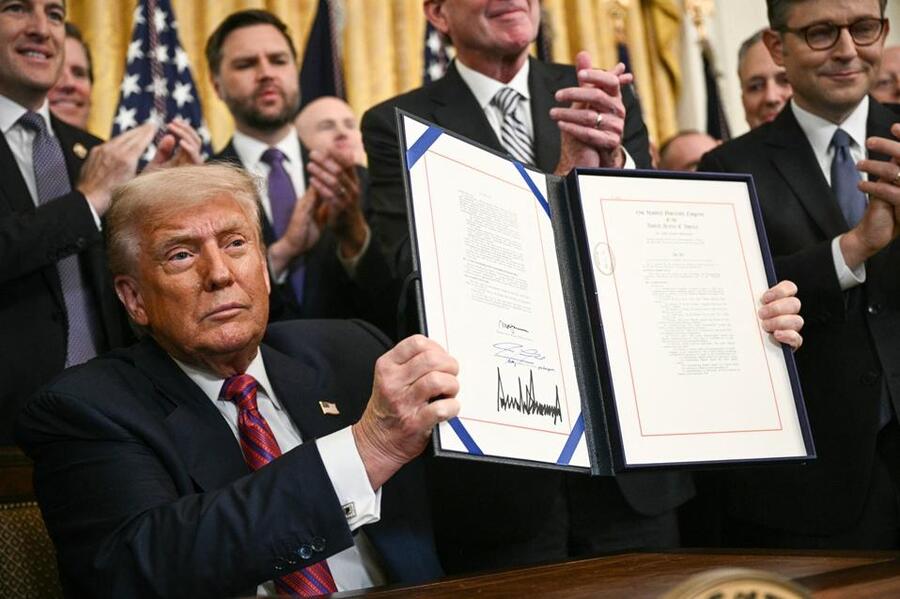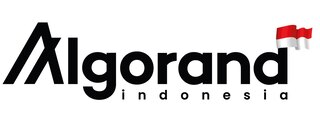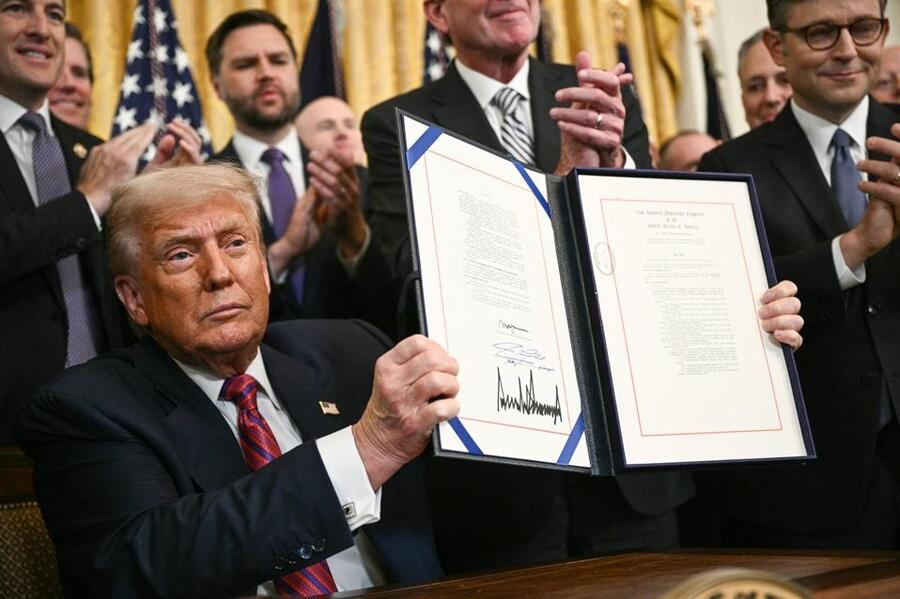
U.S. vs. Hong Kong Stablecoin Regulation: A Simple Overview of the Global Race
U.S. vs Hong Kong: Stablecoin Regulations and the Global Financial Race
The global stablecoin market has grown to over $250 billion, and now, new rules are shaping how it will evolve. Two major players, the United States and Hong Kong, have recently introduced different regulations that will affect how stablecoins (digital tokens backed by real-world currencies like USD or RMB) are created and used.
Two Different Approaches
United States – The GENIUS Act
- Passed on July 18, 2025, under President Trump.
- Focuses on strict control, especially for big stablecoin issuers (those handling over $10 billion).
- Regulated by federal agencies like the Office of the Comptroller of the Currency (OCC).
- Rules:
- Reserves must be 1:1 backed by safe assets like short-term U.S. Treasury bonds or cash.
- No interest-bearing or lending features allowed.
- Strong anti-money laundering (AML) checks with huge fines for violations.
- Impact: Helps maintain U.S. dollar dominance but makes it expensive and difficult for small or new players to enter the market.
Hong Kong – The Stablecoins Ordinance
- Enacted on May 21, 2025, effective August 1, 2025.
- Part of Hong Kong’s LEAP program: Licensing, Education, Application, Protection.
- Issuers must be based in Hong Kong and have at least HKD 25 million (about USD 3.2 million) in capital.
- Banks are exempt from some of the rules.
- Allows stablecoins to be tied to any major currency—like HKD, USD, or offshore RMB.
- Algorithmic stablecoins are not allowed due to stability concerns.
- AML rules follow international standards (FATF).
Who Benefits from These Rules?
U.S.: Favoring the Big Players
- Big companies like Circle (USDC) are likely to dominate.
- Heavy compliance costs (e.g., $5–$10 million/year) discourage smaller firms.
- Focuses on financial safety and pushing global use of the U.S. dollar.
- However, smaller or foreign companies may look for easier markets like Hong Kong or the UAE.
Hong Kong: Selective Innovation
- Hong Kong will only issue a few licenses, focusing on strong, well-prepared companies.
- Offers more flexibility in what currencies stablecoins can be based on.
- Good for Asia-Pacific businesses and China’s Belt and Road Initiative (BRI).
- Still, it's hard for small or foreign firms to meet the requirements.
The Bigger Picture: Geopolitics and Currency Power
U.S.: Using Stablecoins to Strengthen the Dollar
- U.S. wants stablecoins to be backed by U.S. Treasuries, which boosts demand for U.S. government debt.
- As stablecoins grow in use globally, so does the demand for the U.S. dollar—helping the U.S. stay financially powerful.
- But other countries don’t like the idea of funding U.S. debt this way and are now creating their own stablecoins.
Other Countries Are Responding
- Hong Kong: Stablecoins tied to HKD, USD, or RMB
- Singapore: SGD-backed stablecoins
- UAE: Dirham-backed
- Japan: Yen-backed
- South Korea, Kazakhstan, UK, and Bahrain: Also developing local stablecoins
These nations want to protect their own currencies and reduce reliance on the U.S. dollar.
Hong Kong and China’s Belt and Road Initiative
Hong Kong’s rules support China’s Belt and Road Initiative (BRI)—a global trade and infrastructure plan targeting developing countries.
- Stablecoins can lower costs for cross-border payments (saving up to 5–7% per transaction).
- For example, a $10 million deal using a stablecoin could save $500,000 in fees.
- Hong Kong could become a key financial hub for BRI projects in countries like Pakistan, Kenya, or Indonesia.
- The LEAP program also promotes blockchain education and tokenized financial products.
Conclusion: A Divided Digital Future
The U.S. and Hong Kong are leading two very different paths for stablecoin development:
- U.S.: Tight control, big players only, pushing the dollar’s global power.
- Hong Kong: More flexible, multi-currency approach, supporting China’s regional goals.
Stablecoin companies must choose—work in the U.S.’s strict system for access to a massive dollar-based market, or join Hong Kong’s selective but more innovative environment tied to Asia and the BRI.
This growing regulatory competition highlights a deeper global struggle: who will control the future of digital money and global finance?


